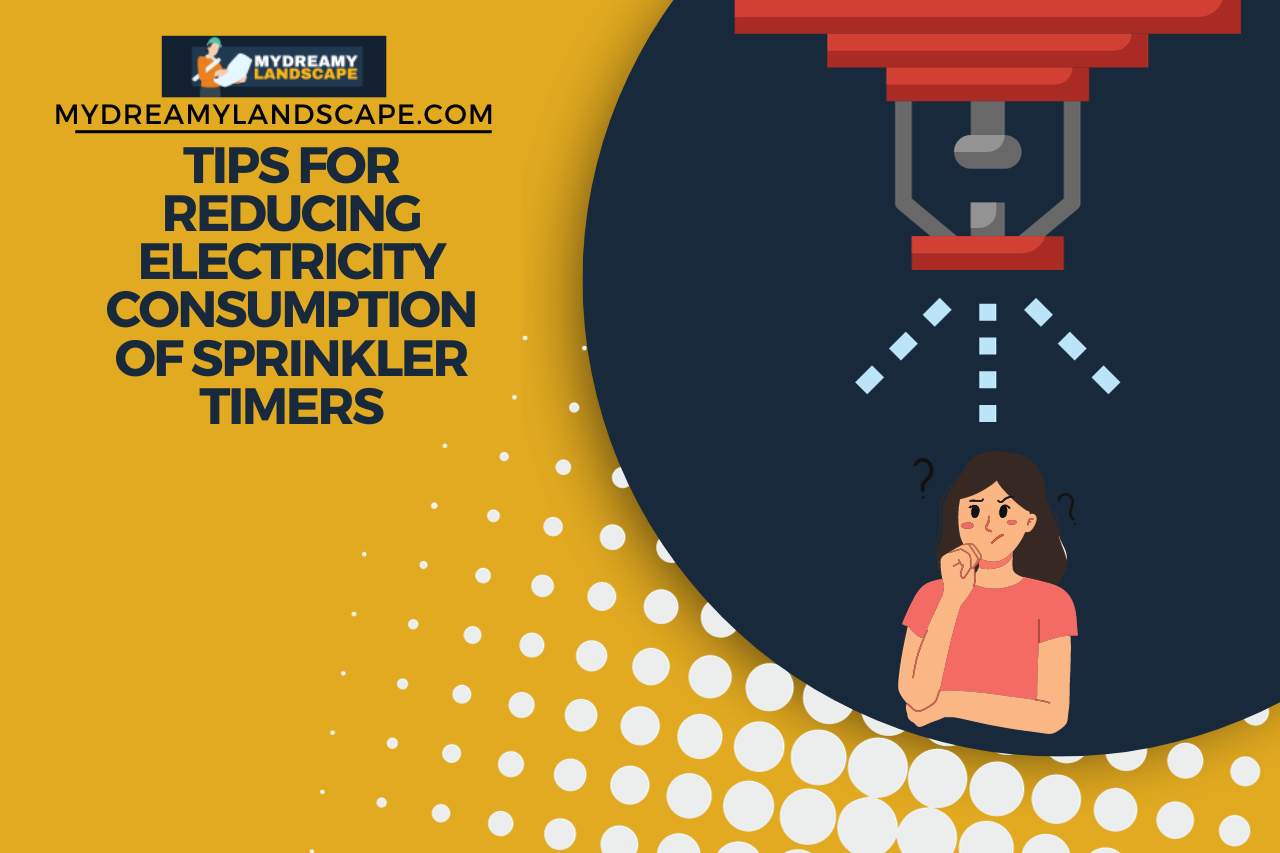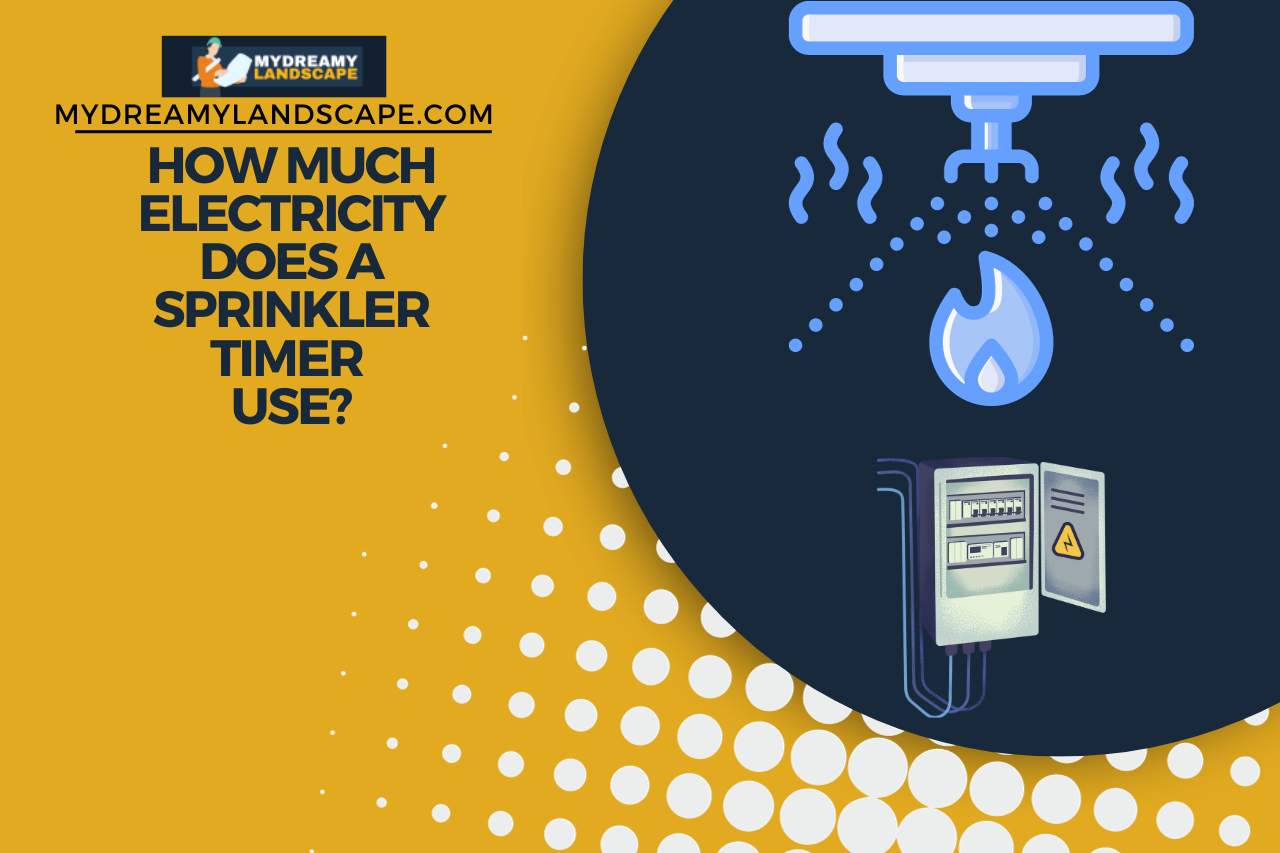How Much Electricity Does a Sprinkler Timer Use? [Updated]
Are you worried about the electricity bill and wondering whether your irrigation system has impacted it? So, how much electricity does a sprinkler timer use? Before blaming the poor thing, let’s figure out the electricity usage of a sprinkler timer.
How Much Electricity Does a Sprinkler Timer Use?
The electricity usage of a sprinkler timer varies depending on the type and features, but overall, they are designed to be low-energy devices. Here’s the breakdown of their typical energy consumption:
- Mechanical Timers: These timers are the most energy-efficient as they often have to operate mechanically without the need for electricity. They have a simple clockwork mechanism, requiring no power other than having the manual winding.
- Digital Timers: Digital timers require electricity but generally consume a minimal amount. They operate on low-voltage circuits and are typically powered by a battery or small transformer connected to a standard outlet. Their energy consumption is negligible on the electricity bill, often just a few watts.
- Smart Timers: While smart sprinkler timers use more electricity than mechanical or basic digital timers due to Wi-Fi connectivity and advanced features, their overall consumption is still relatively low. They might use slightly more energy to maintain a constant connection to the home network, but this is ignorable due to their ability to adjust watering based on real-time data, which can save water and energy in the long run.
Impact of Sprinkler Timer Use on Your Electricity Bill
The impact of using a sprinkler timer on your electricity bill is generally minimal, but it’s influenced by the type of timer and frequency of use. Here’s a closer look:
- Mechanical Timers: Since these timers operate mechanically and don’t require electricity, they have no impact on your electricity bill.
- Digital Timers: Digital timers, even though they use electricity, have very low power draw. Typically, they are powered by batteries or a low-voltage transformer, so their contribution to your electricity bill is negligible. For example, a digital timer using 5 watts of power, running one hour daily, would consume only about 1.5 kWh per month, translating to a few cents in terms of cost.
- Smart Timers: While smart sprinkler timers use more electricity than mechanical and digital timers due to continuous Wi-Fi connection, their overall impact on your electricity bill is still quite low. The efficiency gains in water usage can offset this slight increase in your energy cost.
- Usage Patterns: The frequency of programming changes and adjustments can slightly affect energy use, especially for digital and smart timers. More frequent interactions or adjustments can lead you to slightly higher energy consumption.

Tips for Reducing Electricity Consumption of Sprinkler Timers
Minimizing the electricity consumption of a sprinkler timer can contribute to energy efficiency and cost savings. Here are some practical tips for you:
- Opt for Battery-Powered Timers: If possible, choose battery-powered digital timers. They typically consume less electricity compared to plugged into mains.
- Use Solar-Powered Options: Some smart sprinkler timers come with solar-powered options, reducing the dependency on electricity.
- Efficient Programming: Set the timer for the minimum necessary watering duration. Over-watering not only wastes the water but also unnecessarily consumes more energy.
- Regular Maintenance: Keep the timer in good working condition. Faulty or malfunctioning timers can draw more power and operate inefficiently.
- Disconnect During Off-Season: If you live in an area using a distinct off-season for gardening, consider disconnecting the timer during the period to save electricity.
- Upgrade to Smart Timers with Energy-Saving Features: Smart timers using features such as weather-based adjustments can optimize the watering schedules, reducing overall energy and water usage.
- Limit Manual Overrides: Frequently overriding the programmed schedules can increase energy consumption. Stick to programmed schedules as much as possible.
You May Also Like
- The Oscillating Sprinkler Stopped Moving – Keep It Oscillating!
- How to Find Buried Sprinkler Heads? Unearthing Your Lawn’s Hidden Assets
- How To Raise The Sprinkler Head? Elevate Your Lawn Care
- Sprinkler Head Not Rotating – (Causes and Solutions)
- Why does My Sprinkler Head Leak? Decoding the Mystery!
- Oscillating vs Rotary Sprinklers – Which Sprinkler is Right for You?
- Why is My Impact Sprinkler Rotating Slowly? Sluggish Sprinkler Solutions!
- How Do you Adjust Impact Sprinkler Rotation? Troubleshooting & Adjustment Tips!
- How Much Water does an Oscillating Sprinkler Use Per Minute? Eco-Friendly Lawn Care
- Can you Connect Two Oscillating Sprinklers Together? Mastering Multi-Sprinkler Setup!
- How Do you Control an Oscillating Sprinkler? (Step-by-Step Guide)






